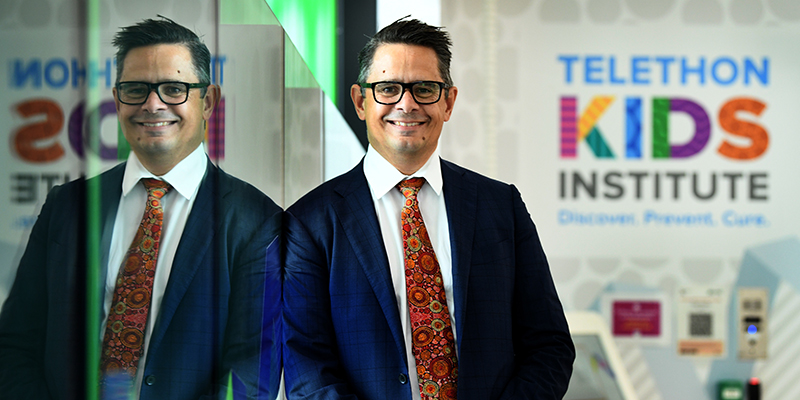The Kids Research Institute Australia is passionate about making lasting change to the health and wellbeing of children and young people.
We partner with Governments and service providers around the world to generate evidence-informed policy that drives social impact and delivers tangible benefits in our community.
Our strong collaboration with Government ensures that our research is both useful and used, helping to achieve our vision of happy healthy kids.
Our approach to working with Government
Collaboration
We recognise that by collaborating with Government on research projects, we can help ensure our research is informed by real-world contexts and can be more effectively translated into policy and practice outcomes that are appropriate, feasible and pragmatic.
Contracted services
Our researchers are called on by Government to provide expert advice on children’s health and wellbeing, to inform the development of clinical guidelines, design and deliver programs, and evaluate policies and service delivery.
Disseminating our research
At the Institute, we engage proactively with Government to share our research findings and advocate for change to improve outcomes for kids and families.
How we can work with you
When we work together, we can achieve faster, more effective change. We work with Government to tackle challenges impacting children and young people by:
- providing advice on policy opportunities
- directing investment and assessing outcomes
- informing and advocating for evidence-based policy and initiatives
- implementing evidence and driving systems change
This work brings together experts with wide-ranging knowledge and skills. Find out more about our Research Themes here.
By collaborating with government, we can ensure our research is responsive to real world challenges. We provide pragmatic and feasible solutions to drive positive outcomes for children, families and communities.
We offer a range of services and tailored solutions to Government agencies including:
- evidence review and synthesis
- population-based surveys
- community consultation
- landscape and policy scans
- strategy and policy advice
- clinical and practice guidelines
- monitoring and evaluation frameworks
- data analytics, linkage and statistical modelling
- policy design and evaluation
- training and resource development
- program evaluation
- laboratory-based testing and analysis
- subject matter expertise
- economic analysis and modelling


















